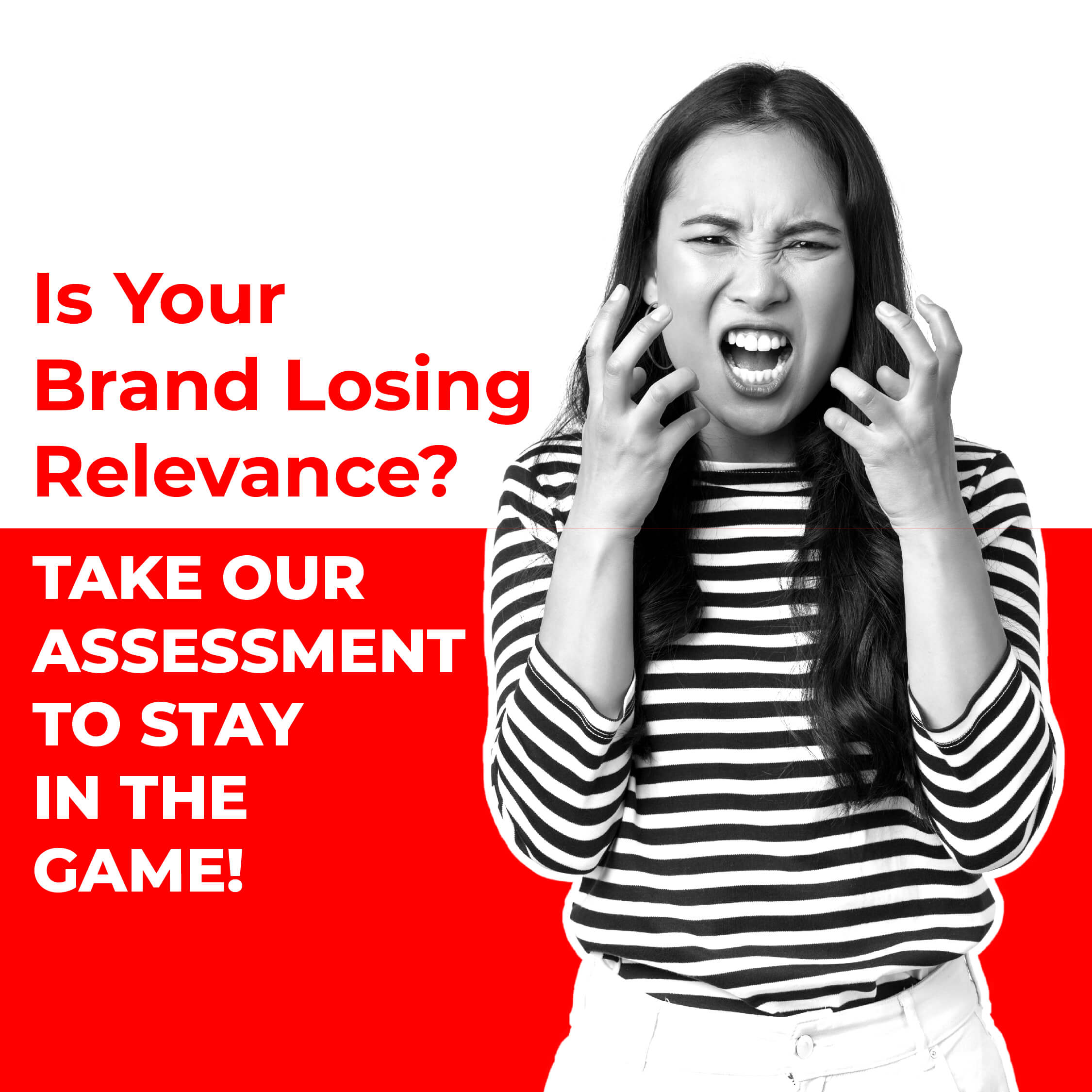
‘Everyone is a designer, whether you have studies design or not’
“The best way to predict the future is to create it” – Peter Drucker
The Austrian-American management consultant, educator and author Peter Drucker’s (full name Peter Ferdinand Drucker) above quoted statement, it was, though, in reference to businesses of the time are learning from science of change while believing the old businesses will go on forever.
And to put it in complete perspective, Peter Drucker, who has immensely contributed in the field of philosophy and practical aspects of the modern business corporation, said, “The best way to predict the future is to create it.” And further added that ‘we will either succeed or fail together as a nation.’
The Drucker statement about design may mean a lot to a lot of people in various business domains. However, according to the online dictionary ‘the process and skill of making drawings that show how something should be made, how it will work, etc.’ is design. For a learned person – students, professionals and educators – the statement may be crystal clear but what about the people these designs are meant for. As any design is not meant to evoke some kind of natural connection with product or services, evoke emotions, orientations and generate call for action on part of the user or common people after going through a design.
As any design is meant for a purpose to sell some goods or services, propagate some idea, create some awareness and initiate some action from the common people, for whom a design is meant for. A design is more than just an expression as it directly connects the people with either the brand or brand value associated with it.
For example, a car simply gives you an idea that it has all the basic features that go with an innate concept of a car/four-wheel vehicle. However, when a brand precedes the name of the likes Audi, Mercedes, BMW, Volkswagen, Mahindra, Tata, Maruti-Suzuki, etc. then one immediately associates all the unique features that are associated with these brands. As all these brands carry their unique look and feature as per their patent designs.
Despite being quoted by Peter Drucker or standard definition from a dictionary, people associate the concept of design from their own perspective and understating the subject matter.
Sample these:
“Designing a solution that is good for society and people”, says a second-year undergraduate student pursuing Fashion Communication from the National Institute of Fashion Technology (NIFT), Rajasthan.
“The creative process through which you express a complex thing in a very simple and subtle manner without using text or speech”, says a design professional serving the design sector, for over 5 years now, after graduating from a prominent design college in Gujarat.
These statements, in reply to what according to them is design, clearly put out the fact in open that people perceive design as per their knowledge, ability, skill, understanding and various other factors associated with it.
Both these statements directly or indirectly convey the undercurrent that design is a way or medium through which one aspires to connect with society and people and make their lives easier. So, if the Fashion Communication student talks about a solution to connect with Society and people then the design professional emphasizes simplifying any complex idea or thought into an easily comprehensible visual/graphic expression, which evokes certain emotion, action, etc.
However, the use of elements like texts, graphics, audio-visuals and animation are warranted while working on any design concept, whether it is meant for print, electronic or digital mediums.
A good design is always a combination of widely used and accepted concepts of underlying design elements and principles. And how various aspects of the two synchronized to come out a creative that is seamless, meaningful, easy to understand and connects with people at large.
Some of the key design elements are Lines, Shapes, Colors, Typography, Texture and Space whereas the key associated principle of design is Contrast, Balance, Emphasis, Proportion, Hierarchy, Repetition, Rhythm, Pattern, White Space, Movement, Variety and Unity.
However, an in-depth discussion on design elements and principles can be carried out in the subsequent write-up. Stay tuned and keep looking for this space for another insight on design in forthcoming articles.
Keep reading and keep designing as one of my design veterans once said that ‘everyone is a designer, whether you have studied design or not’.


Post Comment